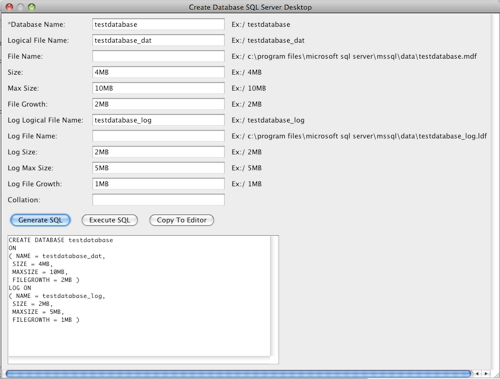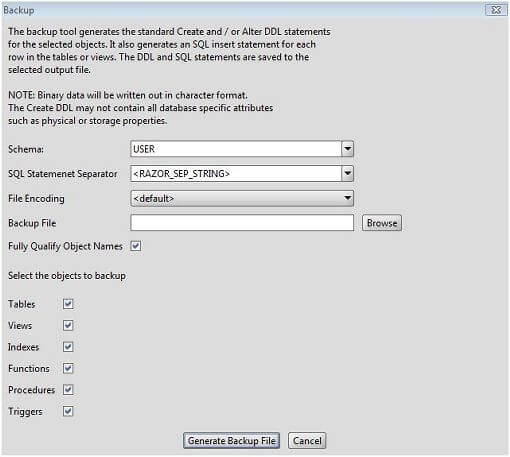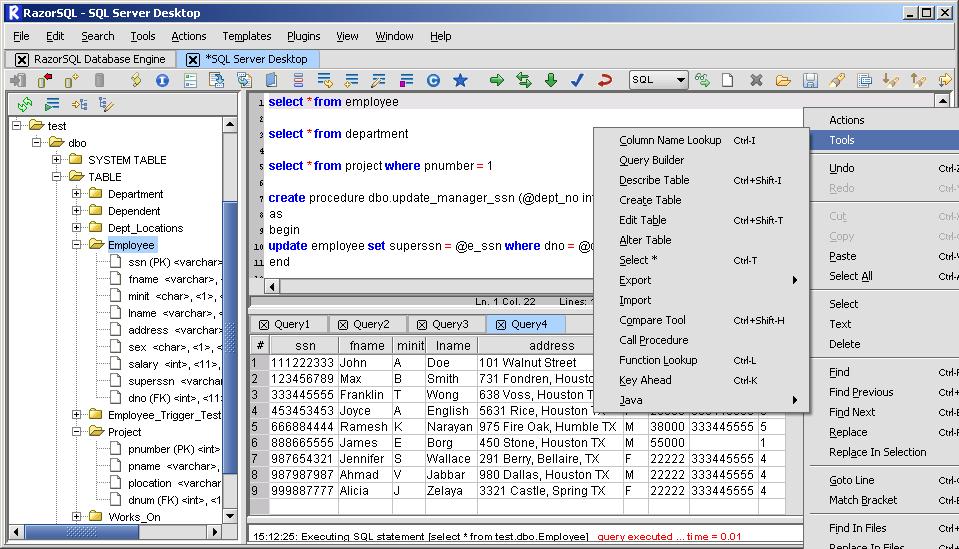
You will also find the sample data used in the following examples. See the Modeling JSON Data chapter for more information on configuring the relational representation. The tables contain a primary key and a foreign key that links to the parent document.
Relational: Return individual, related tables from hierarchical data. FlattenedDocuments: Implicitly join nested documents and their parents into a single table. The data provider returns nested elements as aggregates of data. Document (default): Model a top-level, document view of your JSON data. The DataModel property is the controlling property over how your data is represented into tables and toggles the following basic configurations. See the Getting Started chapter in the data provider documentation for authentication guides.Īfter setting the URI and providing any authentication values, set DataModel to more closely match the data representation to the structure of your data. The major authentication schemes are supported, including HTTP Basic, Digest, NTLM, OAuth, and FTP. See the Getting Started chapter in the data provider documentation to authenticate to your data source: The data provider models JSON APIs as bidirectional database tables and JSON files as read-only views (local files, files stored on popular cloud services, and FTP servers). The JDBC URL begins with jdbc:json: and is followed by a semicolon-separated list of connection properties. 
(This property can also be set in the JDBC URL.) Driver Class: Set the driver class to.Driver Location: Set this property to the path to the lib subfolder in the installation directory.


In the Connection Wizard that appears, set the following properties:.Open the RazorSQL application and, in the Connections menu, select Add Connection Profile -> Other -> JDBC.This article shows how to connect to JSON using wizards in RazorSQL.Ĭreate a JDBC Data Source for JSON Services The CData JDBC Driver for JSON enables standards-based access from third-party tools, from wizards in IDEs to data management and analysis tools.







 0 kommentar(er)
0 kommentar(er)
